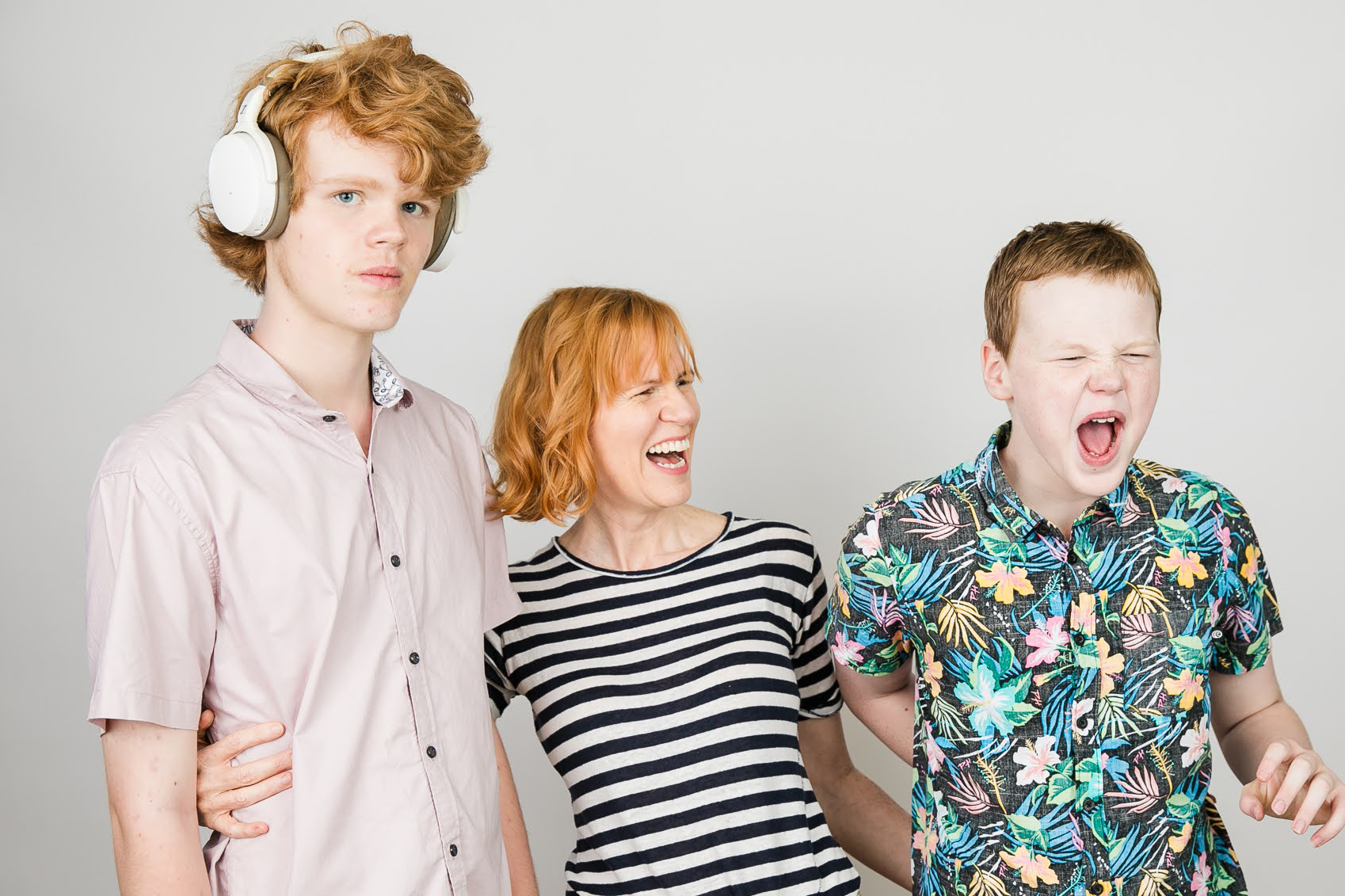Let's talk about HEEADSSS...

In recent decades adolescent health has emerged as a branch of medicine in its own right and is now included in many general practice and paediatric education programs.
In the 1980s a very cool tool was developed for doctors to use when consulting with adolescents, an acronym that outlines the important health concerns for adolescents, referred to as HEADSS. Over the years the acronym has gained an extra E and an extra S, so HEADSS has become HEEADSSS, and we now have the following:
- H: Home
- E: Education & Employment
- E: Eating & Exercise
- A: Activities & Peer Relationships
- D: Drug Use/Cigarettes/Alcohol
- S: Sexuality
- S: Suicide and Depression(including mood possible psychiatric symptoms)
- S: Safety (also Spirituality)
One of the more attractive features of the tool is that it covers the discussion topics in an order that takes you from not-so-difficult to areas to those that can be very confronting or awkward. Through my work with adolescents with autism, I’ve found that the focus of HEEADSSS for those on the spectrum is distinctly different to HEEADSSS for typically-developing teens, for a variety of reasons. In this two part series, I will discuss HEEADSSS through the prism of ASD.
Home
The home environment of the adolescent with ASD can differ to that of an adolescent without ASD for all sorts of reasons, some good and some not-so-good. Family relationships may have been impacted by a child or young person’s behavioural and communication challenges, or financial strains arising from early intervention. Dealing with a child or young person with special needs can put a strain on marriages and partnerships, particularly when parents have differing theories and opinions on causation and management or interventions. Siblings may feel sidelined or resentful.
If you feel these issues are having a negative influence on home life for you and/or your teen, your GP may be able to talk through these issues with you or refer you for professional family or couple counselling.
That said, when I talk to parents, siblings or other family members of young people on the spectrum, I find almost invariably a positive vibe. They will often discuss how having a ‘quirky’ young person in the home adds to their lives, and indeed broadens their views on society, inclusiveness and what matters and what doesn’t. Exposure to the ‘difference’ that autism brings can make home life much more interesting.
Education and Employment
Education and finding employment are two minefields for young people on the spectrum, both areas commonly leading to conflict and grief, as well as anxiety about the future. The heterogeneity of the autistic adolescent population means that the diversity of issues that arise in schools is massive, whether that education occurs in mainstream or special schools. Needless to say, the combination of inflexibility, communication and behavioural challenges, and difficulties with transition (and that may just be the school!) can often lead to things going pear-shaped. Sometimes all a GP can offer in these circumstances is emotional support and a sympathetic ear.
Yet, when it comes to schooling for young people with autism, the trend is definitely positive. There is an ever-expanding population of teachers skilled in dealing with young people with ASD and curriculums and policies, attitudes and philosophies, are gradually changing. Dealing with issues such as sensory defensiveness, bullying, learning styles, assessment, and well, simply, awareness and inclusiveness, is on the improve. A loud hurrah! to those teachers leading the charge.
In employment, the challenges remain profound. While once again there are unsung heroes out there, pushing for open or supported employment for young people on the spectrum, discrimination remains entrenched in many workplaces and by many employers. Unemployment rates for young people on the spectrum continue to be depressingly high, with recent international research finding that overall less than a third of young to middle aged autistic adults were in in employment.1 Many young people with ASD will be eligible for NDIS-funded employment support and can only be hoped that this will lead to a brighter employment future for Australians with ASD.
Eating and Exercise
When comparing autistic teens with their typically-developing peers, perhaps the most obvious difference when it comes to eating is the high prevalence of restricted diets in those on the spectrum, due to their inherent sensory defensiveness and/or rigidity. ‘Picky eating’ in adolescence usually follows on from restricted diets in childhood, and the longer restricted eating patterns have been in place the more difficult they can be to break down. This, of course, can lead to nutritional deficiencies, especially iron (particularly important in young women) and calcium, which increases the risk of osteoporosis later in life. I have even seen a couple of cases of scurvy in young people who have avoided fresh fruits and vegetables for many years.
Pushing back against restricted eating habits can be difficult. Family support and encouragement, with support from a dietitian or behavioural therapist can help. In the case of my son Sam, learning about health and nutrition at high school has led to him voluntarily expand the repertoire of food. In fact, his new favourite food is broccoli!
Exercise, or lack thereof, can be another area of concern. Young people with autism frequently don’t ‘make the cut’ when it comes to team sports, excluding an entire range of opportunities for exercise, as well as the social engagement team sports provide. Being inside, looking at a screen, is so often the default.
The obvious corollary from lack of exercise is becoming overweight. A recent American study found that nearly half of young autistic people aged 10 to 17 were overweight or obese, compared with less than one-third of their typically developing peers. 2
Once again, encouraging exercise and healthy eating, can help reduce the risk of negative health consequences and improve quality of life for young people on the spectrum. Your GP may be able to refer your adolescent to an exercise physiologist or dietitian through a Chronic Disease Management Plan; alternatively, your teen may be able to access these services through their NDIS plan. Focussing on individual sports, such as running, cycling or swimming can help to get your teen off the couch and away from their computer screen.
In next month’s newsletter we’ll take a look at the remaining topics that are covered in HEEADSSS. Until then…
Written by Dr James Best
@samsbestshot
References
Farley, M., Cottle, K. J., Bilder, D., Viskochil, J., Coon, H., & McMahon, W. (2018). Mid-life social outcomes for a population-based sample of adults with ASD. Autism research: official journal of the International Society for Autism Research, 11(1), 142–152. doi:10.1002/aur.1897
Healy, S., Aigner, C. J., & Haegele, J. A. (2019). Prevalence of overweight and obesity among US youth with autism spectrum disorder. Autism, 23(4), 1046–1050. https://doi.org/10.1177/1362361318791817






